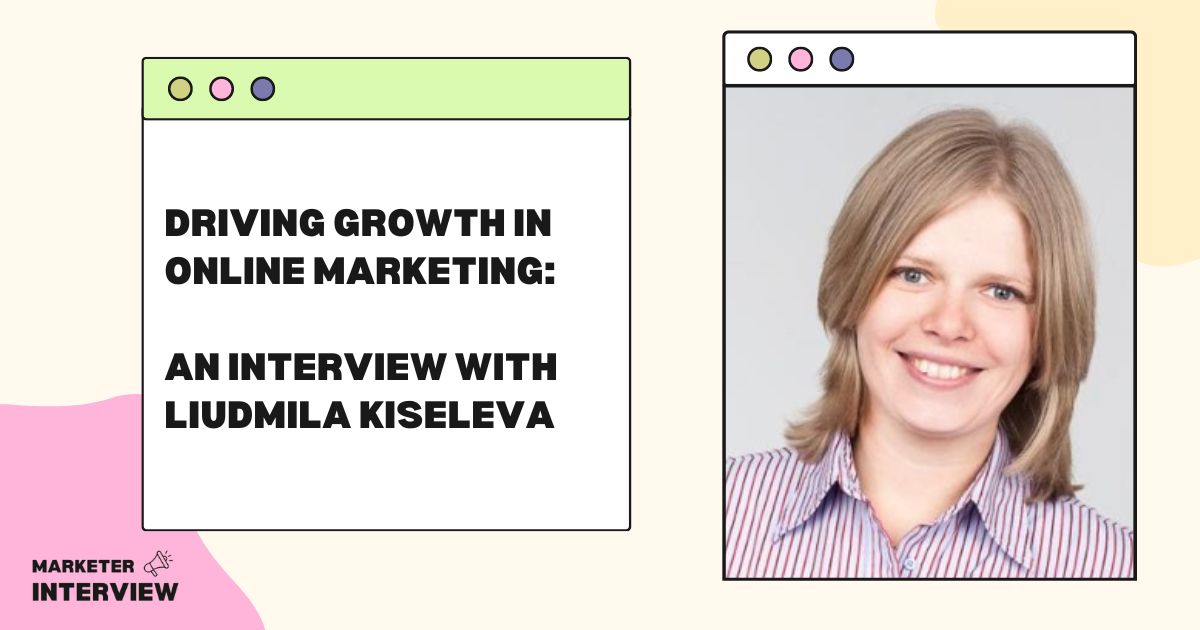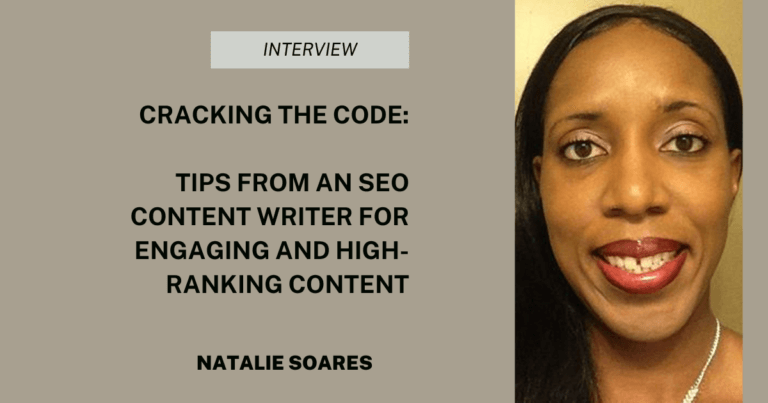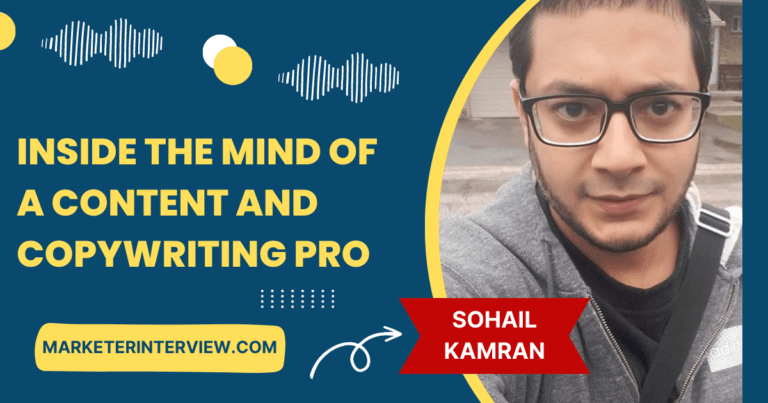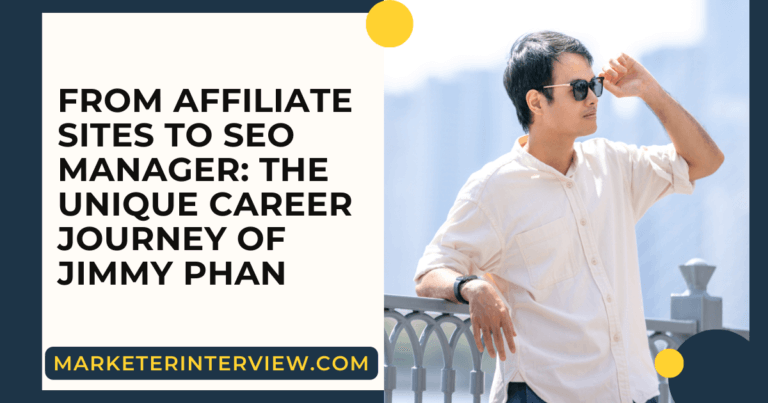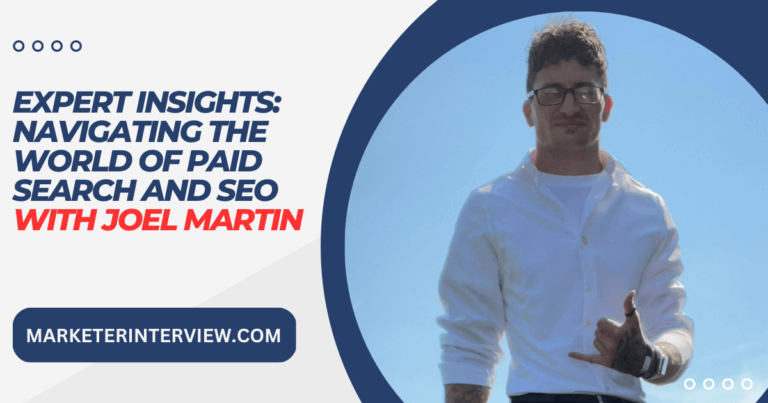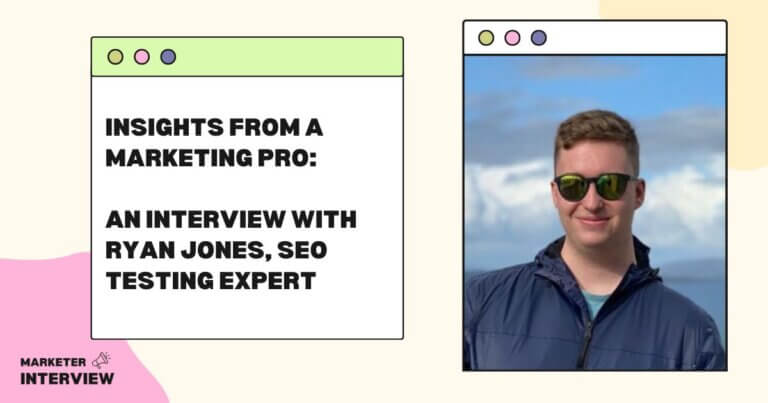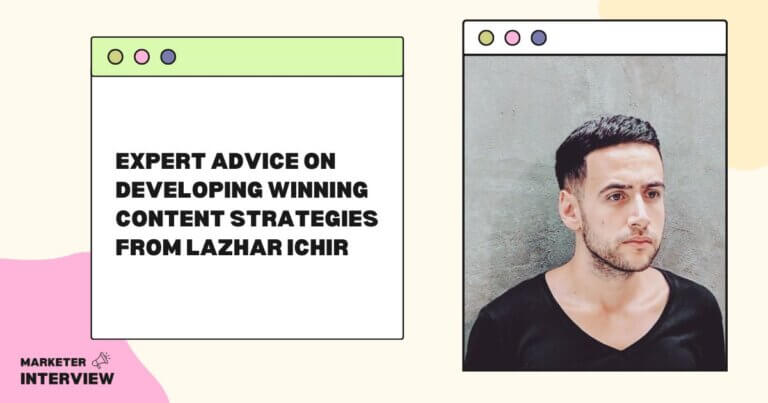Driving Growth in Online Marketing: An Interview with Liudmila Kiseleva
Welcome to Marketer Interview!
Today, we have the pleasure of speaking with Liudmila Kiseleva, CEO and Founder of Rampiq Agency, a digital marketing agency specializing in online marketing, lead generation, and SaaS marketing consulting.
With over 15 years of experience in B2B SaaS and IT niches, Liudmila is a dynamic and driven professional always looking for a new challenge in online marketing.
She is a sought-after speaker at Internet marketing conferences and the author of web analytics courses, making her an expert in her field.
In this interview, we’ll discuss Liudmila’s experience in SEO, PPC, content, and leadership and the tools and software she uses to excel in her role.
Contents
- 1 How did you first get into the world of online marketing?
- 2 As the CEO of Rampiq Agency, what are some of the biggest challenges you face in your day-to-day role?
- 3 What has been your proudest moment in your career so far?
- 4 How do you stay current with the latest SEO, PPC, and content marketing trends and changes?
- 5 How do you approach creating a successful content marketing strategy?
- 6 How do you prioritize your team’s workload to ensure that all projects are completed on time and to a high standard?
- 7 Can you discuss a remarkably successful campaign you’ve worked on and what made it so successful?
- 8 What are some common mistakes that businesses make when it comes to SEO and PPC, and how can they be avoided?
- 9 What tools and software do you and your team use to manage your marketing campaign?
- 10 What advice would you give someone just starting their career in this field?
How did you first get into the world of online marketing?
My journey in the online marketing industry began in 2004 when I landed a junior marketing role in a growing IT company.
I quickly rose through the ranks, and within three years, I was running the company’s online marketing department of 7 people, reporting directly to the company’s CEO.
I then managed full-cycle online marketing activities for an international education company in the UK in 2008, gaining experience in digital space, including strategy design, project management, and people management.
I managed 6-figures monthly online ads budgets and brought 7-figures of new business quarterly.
In 2011, I founded Rampiq, leveraging my expertise to deliver effective online marketing solutions to businesses in the IT space. I grew the company from 3 to 20 people and moved to the US in 2019 to continue my education and further grow my company.
I’ve always liked how dynamic this industry is. There’s always something new – a Google algorithm update, a new set of LinkedIn ads features, game changers like ChatGPT – you name it. But probably the most important thing I like about this field is the people it attracts: problem solvers, critical thinkers, and hard workers.
As the CEO of Rampiq Agency, what are some of the biggest challenges you face in your day-to-day role?
Balancing the team’s capacity with sales is probably the most challenging aspect of being an agency CEO.
Our financial model had to transform to completely remote operations during and after the pandemic, and we are now affected by a slowdown in our industry.
This means that as a CEO, I need to make sure we drive sales in a way we can handle the workload efficiently, attracting the right client’s profile with the right amount of work.

What has been your proudest moment in your career so far?
Moving to the US and becoming a global agency was the most rewarding point in my career.
This is a significant recognition of all the hard work it takes to build a business of 20+ people in 5 countries and save it in harsh economic conditions.
How do you stay current with the latest SEO, PPC, and content marketing trends and changes?
At Rampiq, we have experts in the fields of Analytics, SEO, and PPC, part of whose responsibility is continuous education and staying on top of trends in their areas.
The knowledge gets shared with the team at workshops and in our #abetterme Slack channel. So I learn a lot from my team.
About half a year ago, I discovered LinkedIn as a huge source of expert information. So I curated my feed to follow the creators that regularly add value and share hands-on advice and knowledge “lived through” by peer entrepreneurs.
I’m a creator on LinkedIn myself, and I dedicate about an hour a day to reading relevant posts by the creators I follow and writing my posts. Then I share the most helpful posts with my team.
How do you approach creating a successful content marketing strategy?
In the B2B, buying decisions are rarely made by just one person. Usually, you work with a “buying committee,” i.e., a few people or roles must be convinced to buy from your company.
This is particularly true for the SaaS segment, where the right choice of software or a platform for a particular business function can be critical for an organization’s success.
That’s why we approach creating marketing strategies with the following in mind:
1. Target ICPs:
We identify Ideal Customer Profiles and include buying committee information to ensure we address the right roles and motivation inside each profile.
2. Features and functions:
The product’s value needs to be represented in an obvious way. Therefore, we apply a product-centric approach when planning content around the value it brings.
3. Jobs to be done (JTBD):
This block of content strategy addresses the end customers’ pain points and burning questions. For example, “How do I spend less time on X?” and “What are the best practices for doing Y?”. Answers to these questions tie the content strategy to real-life problems and build trust with our client’s customers.
We have an excellent blog article dedicated to successful content marketing strategies for B2B SaaS businesses. I encourage you to read it as it can generally be applied to the B2B niche.
How do you prioritize your team’s workload to ensure that all projects are completed on time and to a high standard?
We have a well-established delivery process for it. There are two key components:
- Team workload monitoring. Before the start of each month, we update the team’s workload to see who has the capacity and to make decisions about assigning specialists to the projects.
- Project progress monitoring: We create project progress reports twice a week, which outline the completion rate for each project and check if we are in the green zone, yellow zone, or red zone. Then we identify blockers and address them as a team.
Can you discuss a remarkably successful campaign you’ve worked on and what made it so successful?
Sure. One of the most successful projects we accomplished was the jump start of SEO for a B2B SaaS company called Webvizio.
Webvizio is a website feedback collaboration tool that saves time between managers, developers, designers, and clients. We wanted to help them grow quickly.
We designed a Growth Plan which outlined the marketing mix and complete elements of GTM strategy (it was crucial to Webvizio’s investment round). And we developed a growth-hacking content strategy that led to getting visibility for 120 keywords in just 2 weeks and to 625% organic growth monthly.
This project proved that SEO isn’t slow anymore, and you can get results in weeks, not months if you stay on top of the most recent Google updates and implement best SEO practices at scale.
What are some common mistakes that businesses make when it comes to SEO and PPC, and how can they be avoided?
I’d say, from my 15+ years of experience in the niche, the most common mistakes come from 3 angles:
1/ ICPs and niche selection:
SEO and PPC results (output) greatly depend on whom you target (your input). So if your target audience, messaging, and offer need to be corrected, SEO and PPC will not help you grow.
2/ Measuring the right things:
You need to know how to track and measure your online marketing progress and focus on the right things. Otherwise, your efforts will be on track.
Defining the correct set of metrics for each channel is critical to making them work for your business. Note that for some business models, page views and impressions are still valuable; for others, these are just vanity metrics that add no value.
3/ Communicating your goals clearly and regularly:
Even the best in-house team or agency will fail to deliver if there’s an information gap and you keep them in the dark about your business goals. Therefore, clear briefs and regular sync calls are vital for PPC and SEO programs’ success.
What tools and software do you and your team use to manage your marketing campaign?
We run on a set of 20+ tools. Let me name a few major ones:
- Project management: ClickUp, Slack, Google Meet
- Measurement: Google Analytics, Google Search Console, GTM
- SEO tools: Ahrefs, SEMRush, ScreamingFrog,
- Visual tools: Canva
- Brainstorming: ChatGPT
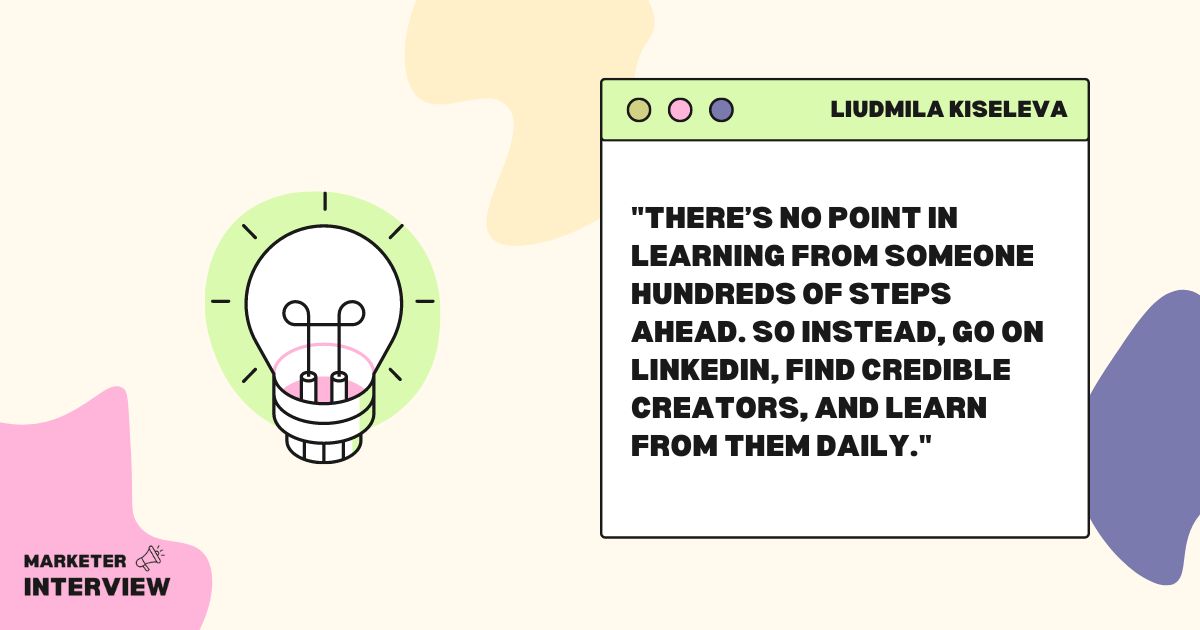
What advice would you give someone just starting their career in this field?
Use free resources from big platforms and niche players: Google Skillshop, LinkedIn courses, Hubspot Academy, etc.
Get through the basics quickly, build a skills foundation, and then apply for internships or junior roles in agencies or companies that share common values.
Hint: look at their portfolio. Like the niche and the clients they worked with? Go for it.
Learn from the best in the industry. Find people 2-3 steps ahead of you and see how they are making their journey.
There’s no point in learning from someone hundreds of steps ahead. So instead, go on LinkedIn, find credible creators, and learn from them daily.
Eat and sleep well. Online marketing is a hyper-dynamic industry with very demanding jobs.
Taking good care of yourself is your vital skill, don’t overlook it when you’re building your career in this or any other fast-growing niche.
